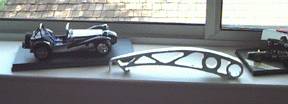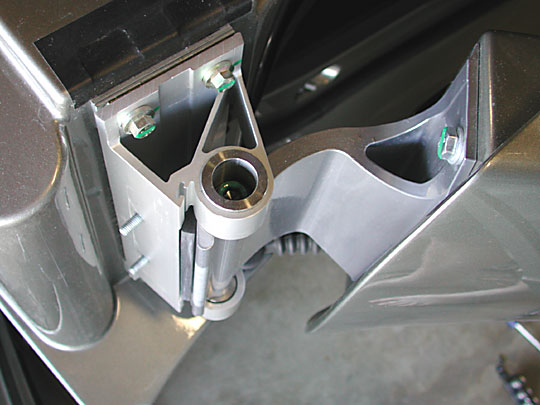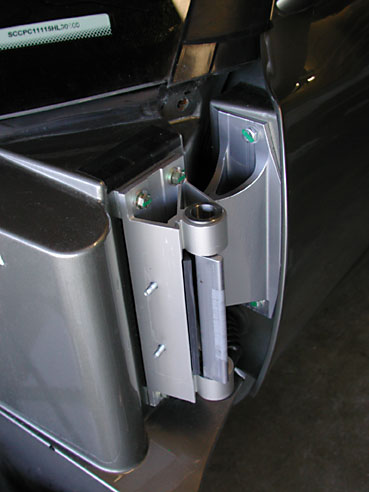Series II or Mk II or Series 2 Information
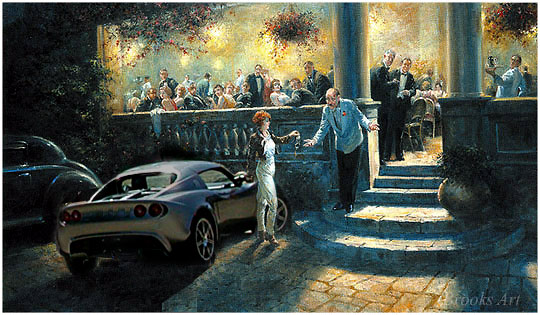
This is a a modified version of Alan Finerley art, with apologies and hopefully some understanding
See below for information on the original design and the efforts of Julian and Richard.
The latest Lotus Design Calendar has additional drawings, computer renderings, and outlines that show the current direction of design at Lotus.

Russell Carr is the Chief Design Engineer. He runs the Design Studio and according to Lotus, is a very talented chap. The other designer that worked on Series 2 was Steve Crijns.

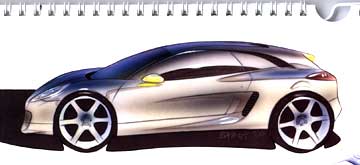
Design of the original Elise (Mk1 or Series 1)
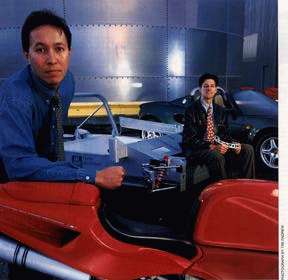
JulianThompson and Richard Rackham. Notice the Ducati, the frame of an Elise, the extruded pedal assembly, and the finished product. These pictures and the article appeared in the January 1996 issue of Car Magazine
"The great thing about using extrusions is that it costs just a few thousand pounds to make a die, so the whole chassis can he tooled up for a fraction of the cost of just one conventional metal pressing. It also allowed Lotus's engineers to design each beam so that it's the perfect shape for the loads it needs to carry. The various beams are then 'harmonised' using computer technology into one unit that is uniformly stiff all oven This would be almost impossible with conventional materials."
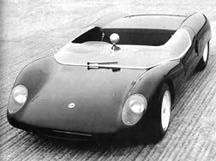
The Lotus 23 served as an inspiration for the development team. Patrick Peal borrowed one from Henry Toombs.
"Everyone should know that it's a Lotus: light, simple, elegant, dramatic. We've steered away from that in the past and caught a commercial cold. Firms like Ducati and Harley Davidson that have succeeded in a niche have done so because they've understood their customers. Why do people buy a particular product? It's because of history which is what sets us apart from Toyota, Mazda and the rest."
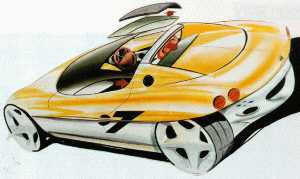
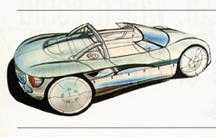
Like the Dino, the Elise has pronounced front wings, cowled headlights, a large body-side air scoop and huge Ford GT40-style ducts in the bonnet. At the back, the (aluminium) engine cover is a riot of grilles and bulges. The pert rear end has a duck-tail spoiler in order to reduce lift. In truth, this and the chin aerofoils have slightly compromised the purity of Thompson's design, but even so, the Elise looks far prettier in real life than it does under show spotlights.
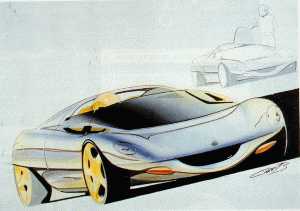
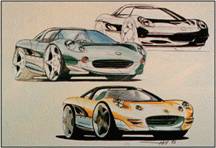
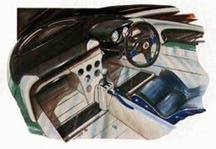
Concept sketch for the interior. Note the shift gate, lots of aluminium and how close the final came to the concept.
'To make the car more jewel like,' says Thompson, 'we've created our own steering wheel, pedals [stunningly extruded from aluminium], seats, gearknob and wheels.' Viewing the Elise in the open air, I would suggest that Thompson's own Ferrari Dino GT has influenced the Elise as much as his Ducati.
miscellaneous information
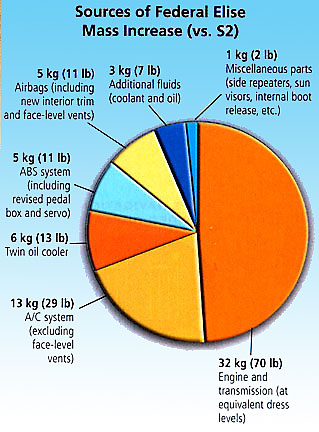
source for weight increase in Federal Elise
The hinge shown is another example of how the extrusions were used to make the various components. (Mouse over the picture and out to see the door open and close.)
The chassis of the Lotus Elise is largely made up of aluminum extrusions, the majority of which are straight. But the side members are curved, which is extremely difficult, and costly, to achieve with an extrusion - so much so that these two parts cost virtually as much as the rest of the chassis.
One of the reasons given for not bringing the Elise to America was because it lacks an airbag. Worse, there was little room to fit one. My wife, a mechanical engineer, receives a trade publication, Machine Design. Upon hearing the bad news, I was leafing through the September 14, 1995 issue and came upon an article, "New airbag is just as safe in half the space", seeming to solve at least one of the problems. The bag was developed by Precision Fabrics Group, in partnership with Sandia National Laboratories.
The below is a bit of history as it seems like so long ago I was lusting after an Elise. I was so excited I purchased a throttle extrusion, shown below. Here is what I said at the time:
Here is a throttle pedal extrusion. I thought I could build the car piece by piece, and so I now own a service manual and throttle pedal. Only a few more pieces to go...
